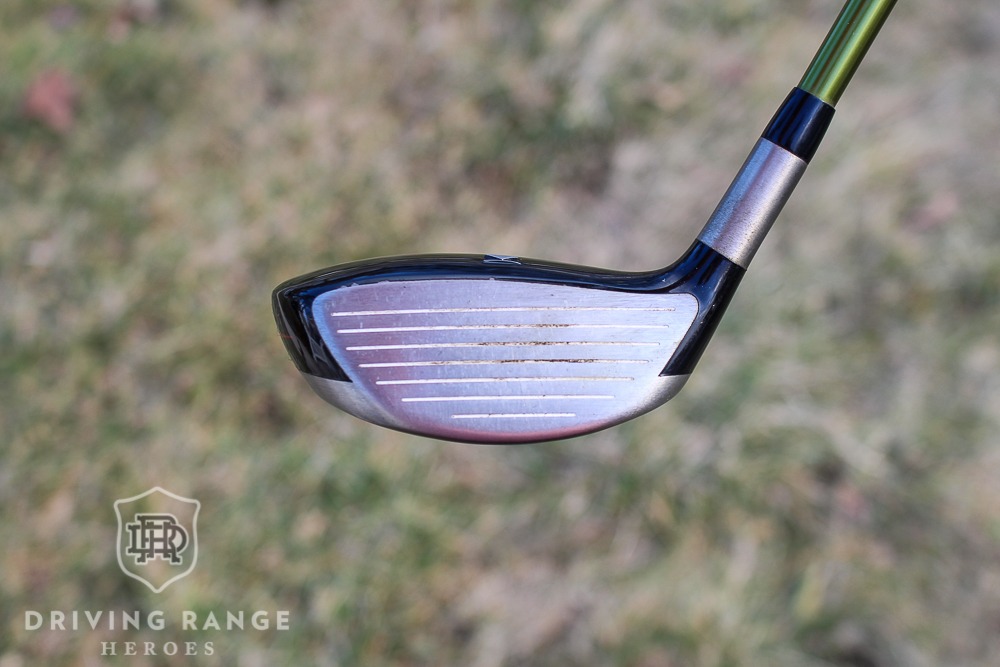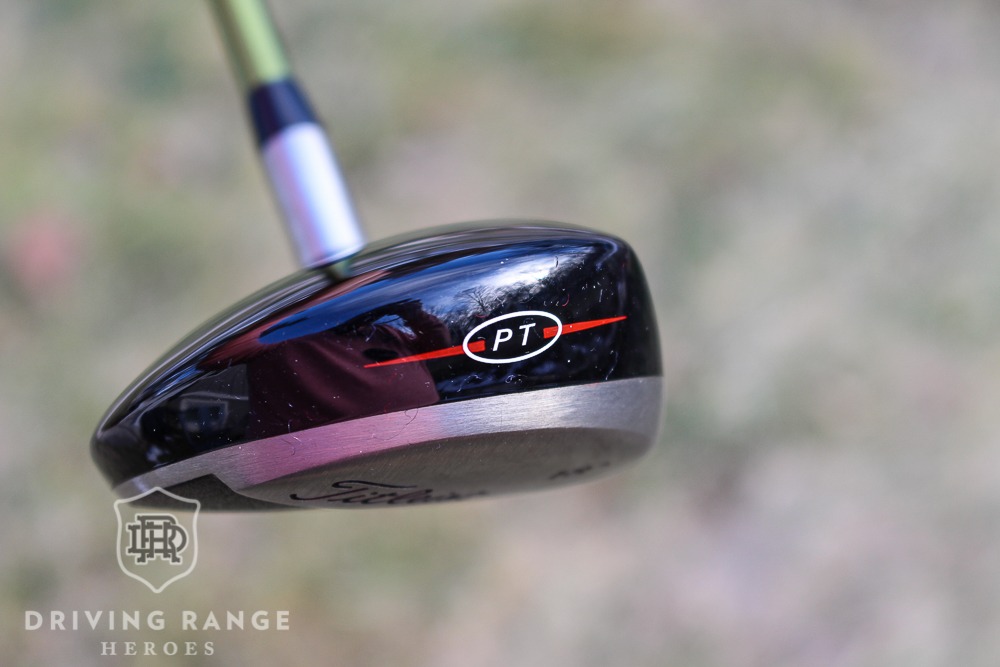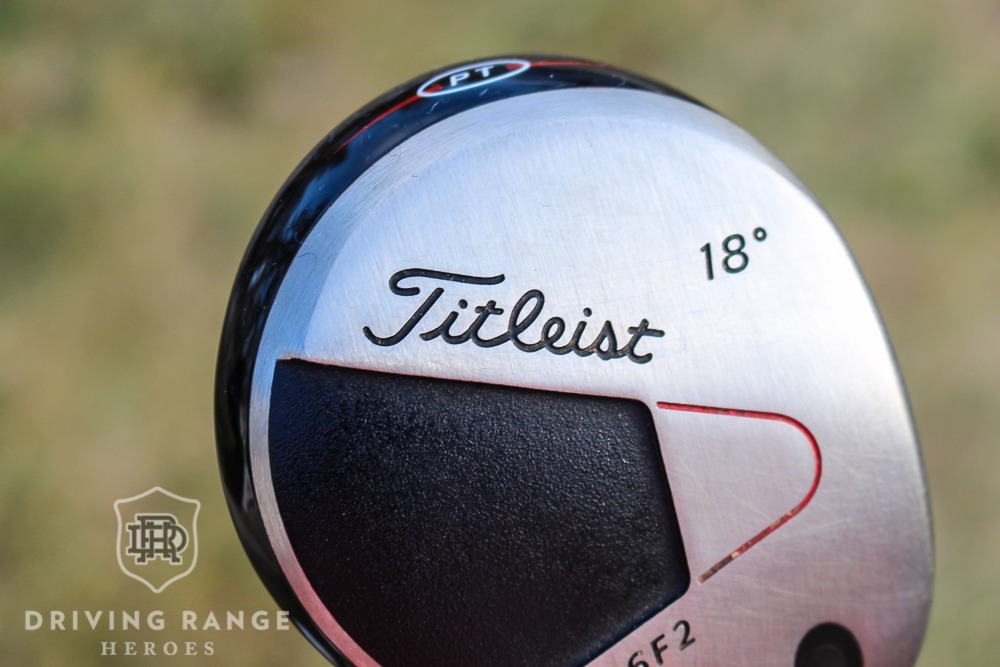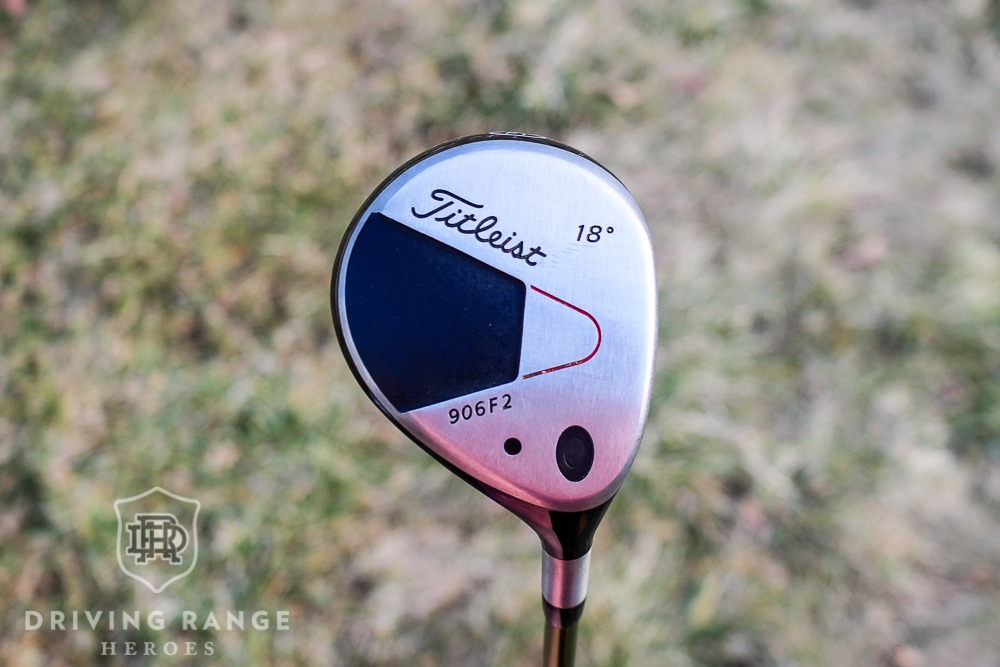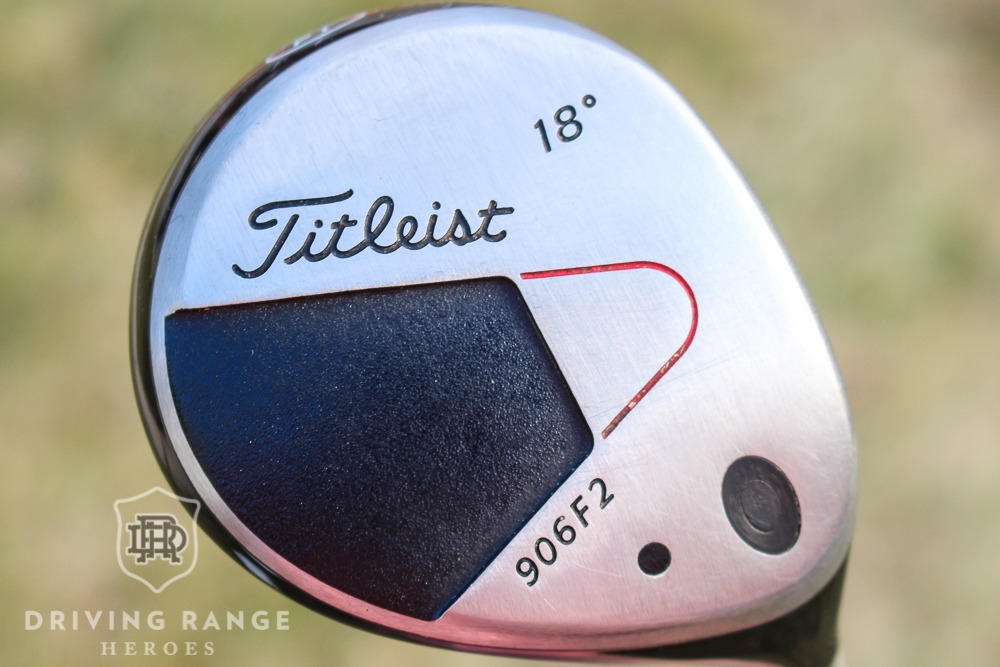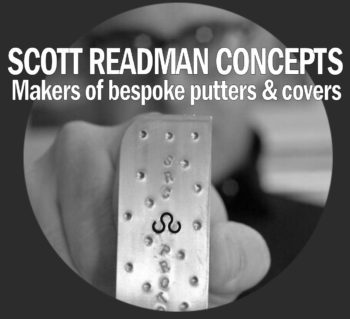Titleist 906F2 Fairway Wood
I don’t tend to scroll through golf social media all that much these days. In addition to the general toxicity of that environment, many of my favorite follows have become a bit too much to handle so I just don’t take in a lot of it. That said, some things still slip through the cracks every now and then. The other day I somehow saw that Ian Poulter was looking to rekindle a little magic by putting his Titleist 906F2 5 wood back in the bag. Based on some writing on the bottom of his club, this was a winning wood for him from 2009-2011. That reminded me, “hey, I have a Titleist 906F2 fairway wood in my archives, too!” Of course, mine doesn’t exactly have the same…accolades as Ian Poulter’s does.
It just so happens that mine is a 5 wood as well. (No idea what happened to the 3 wood.) I do remember enjoying playing this club for a bit and thought talking about it might make a nice supplemental piece to my throwback to the classic 975D driver. The 906F2 was released in 2007 alongside the shallower 906F4 fairway wood. In addition to slightly different profiles, the 906F4 came in half lofts (13.5º, 15.5º, 18.5º) while the 906F2 came in “whole” lofts (eg. 18º). I always felt like this was the start of a transitional era of technology in golf clubs. There are definitely hints of more modern designs soon to come while still maintaining some classic elements.
The Looks
In my opinion, when they describe a classic Tour-inspired fairway wood profile, this is it. The Titleist 906F2 fairway wood has a compact pear shape that sits slightly open at address. I can’t remember the last time I saw a glossy-black crown with a silver face…and a silver hosel. As mentioned earlier, the F2 was the deeper face option of two Titleist fairway woods. It definitely stands a little higher at address, but isn’t towering over the ball. Certainly not a thin pancake promoting a higher flight either.
Interestingly, when you flip the club over you will notice that it’s a bore thru hosel. This means the shaft goes all the way through the head to the bottom of the club. I can’t think of anyone still doing this, but it’s the true mark of a classic! You will also notice a plastic trapezoid on the rear of the sole. This was an evolution of multi-material construction that moved the center of gravity (CG) forward in the head. I’m not really sure what this is anything beyond a plastic-y coating in the cutout. If you see pictures of Titleist 906F2 fairway woods where this has worn away, you just see metal. So I’m guessing this is just a thinner area of metal which reduces weight in this portion of the head. This means there’s more weight toward the face, and thus a forward CG. We’ll discuss that more later.
How Does it Feel?
I’m not sure how well this point will land, but I’m going to give it a shot anyway. When I hit the Titleist 906F2 fairway wood, there are a lot of “feels” that are clearly predecessors to more current models. The face is a little sweeter with some “reactive life” to it, meaning the ball springs off of the face at impact. I’ve always found older fairway woods to be pretty firm with more emphasis on control rather than power. That said, the 906F2 still has a lot of that classic player’s fairway wood feel that old school, good ball strikers know and love.
Additionally, the balance (or lack thereof) is a noticeable area where I feel player’s fairway woods have improved. Hitting the Titleist 906F2 really reminded me of the difference between a player’s fairway wood today and the predecessors from the old days. The club’s balance and/or MOI was not going to help bail me out of a bad swing. While the head has plenty of “awareness” throughout the swing, it’s certainly not built to make the game any easier on you.
How Does it Sound?
For an old metal fairway wood, the Titleist 906F2 has a pretty good sound. There’s a solid “snap” at impact, but the lightweight carpenter steel face undoubtedly leaves it with a metallic tone. It’s certainly not loud like a cannon going off, but I wouldn’t necessarily call it muted either. I would describe it as a solid “pop” when you find the center of the face. As far as turf interaction, the 906F2 is pretty “all or nothing”. If you come into the ball heavy, you can expect a pretty deep thump. A clean, sweeping pick will result in a nice “whish” tone through the turf.
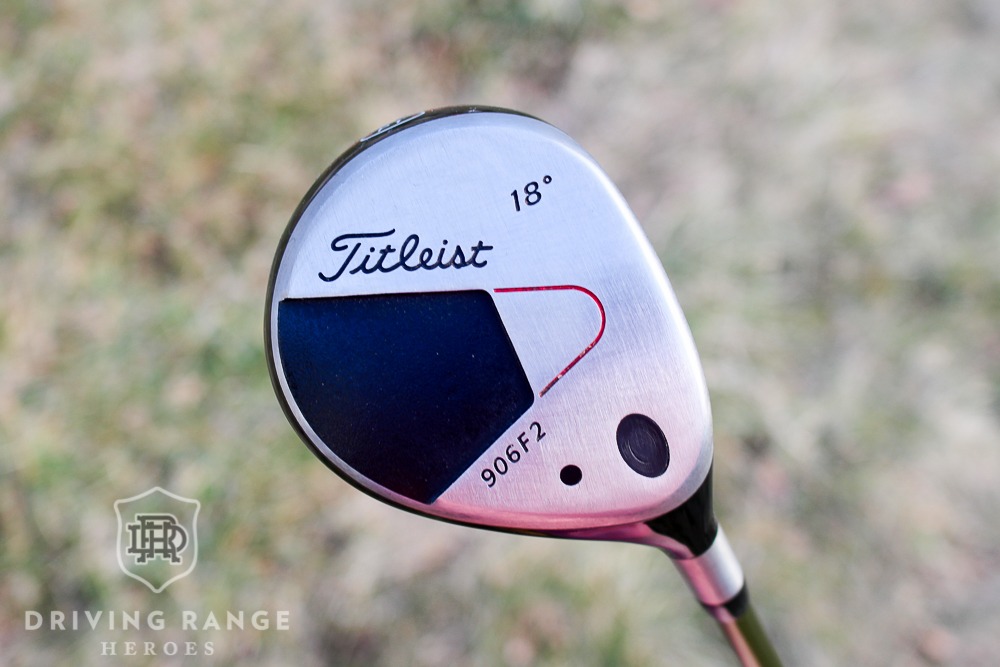 On-Course Performance
On-Course Performance
The Titleist 906F2 is every bit of a player’s fairway wood. What I’m saying is, if you’re looking for something forgiving, the 906F2 isn’t it. This is very much a fairway wood for the ball striker that is looking to shape the ball both directions, up and down with ease. It’s up to you to have the swing for the shot you want to execute. Don’t expect the club to do it for you.
By design, the 906F2 is a forward center of gravity (CG) fairway wood. This means the ball should naturally launch lower and have lower spin. That lower launch and spin is often more desired by better players as it allows them to control the ball better. Additionally, this characteristic can help pick up some yardage if you have enough speed for it. When I hit my 906F2 5 wood well, it plays more like a 4 wood for me. The shot is piercing with a lot of power behind it. If I try to step on it to squeeze a few more yards out, my control tends to get a bit…squirrely. For a highly-workable 5 wood, the 906F2 certainly delivers.
Final Thoughts – Titleist 906F2 Fairway Wood
When you compare the Titleist 906F2 to a modern fairway wood, I think it’s definitely relevant. For the right player, it performs just as well as anything you’ll find today. The big difference is that modern fairway woods are becoming more and more forgiving without sacrificing the benefits a better player is looking for. Everything else becomes somewhat subjective in terms of personal preference. Personally, while I think the 906F2 looks great and feels pretty good, there are plenty more modern fairway woods that I think are better in these areas. There’s definitely nostalgia in this club, but I don’t see me putting any significant playing time on it in the near future. Of course, I haven’t won multiple professional golf events with this club in my bag either…
Behind the Gear: Titleist 906F2 Fairway Wood
You can also watch our “Behind the Gear” on the 906F2 below:



